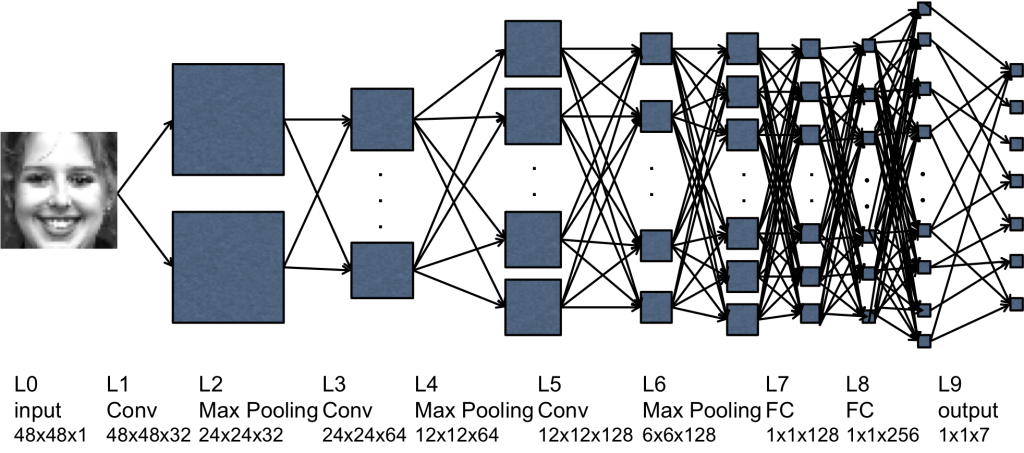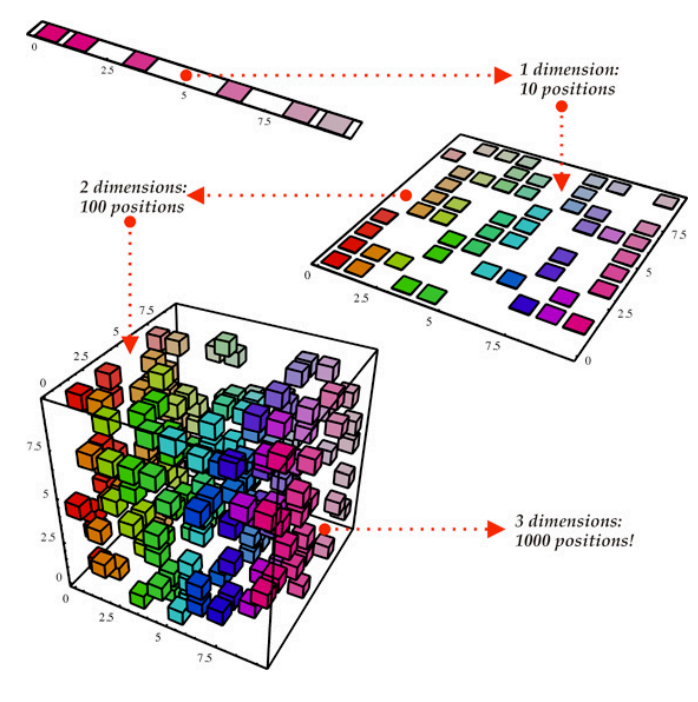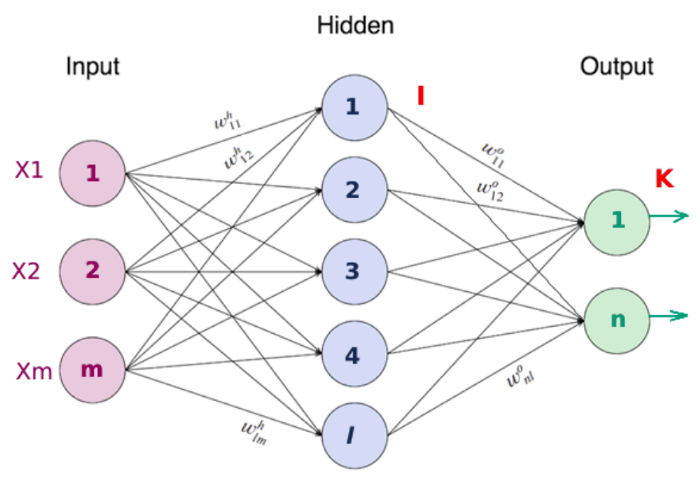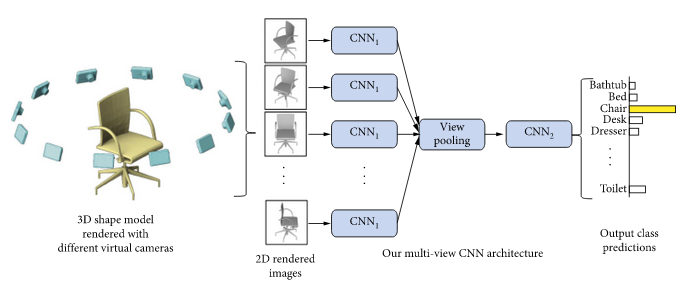Science and technology have advanced by leap and bounds in the last two decades. The concepts of AI, Robots, self-driving vehicles, nanotech and process automation, are no longer the stuff of science fiction. Highly advanced, innovative and revolutionary technologies are changing our lives, alleviating our troubles and helping secure a sustainable future.
One of the most astounding & innovative technologies of this decade is the automated age identification & verification processes using image processing and computer vision. A major disruptive technology, Age-Tech is the next step to securing accessibility, entity identification, personalized marketing and intelligent communications.
This article looks into the innovative techniques and groundbreaking technologies powering this unique tech application forward.
Applications of Age Identification & Verification Via Image Processing
Age-Scanning via Facial Image Processing is an ingenious technique to estimate & verify a human being’s age using computer vision. While there are multiple ways to verify age from numerous biometric factors, this article will focus on the process of age estimation via facial scanning.
Age identification and verification techs have numerous applications across several sectors such as security, healthcare, retail, etc.
- Age scanning is a significant aspect of user & business security. Companies use the system to secure their point-of-sales terminals & individuals utilizing the tech to further their privacy.
- Age scan techs are also employed extensively to secure online service applications & electronic device access.
- Age verification systems are integrated into numerous web pages & applications.
- Almost every major cell-phone model under the Smart Phone category possesses in-built age identification systems for controlling access.
- Computerized systems employ age recognition to restrict online accessibility.
- Age identification is being increasingly used by numerous social networking platforms for controlled access, flagging suspicious individuals & activities and the like.
- Numerous businesses & major physical establishments like night clubs, bars, & casinos implement automated age verification for their patrons.
From defense establishments & driverless cars to payment gateways used by online assignment help, retail & numerous other services, age scanning is helping secure accessibility and data privacy against malicious entities.
For students of machine learning & data science courses & programs, an age-verification AI model is an excellent choice for a Capstone Project. If you cannot progress in your project or require any academic assistance for your course, seeking online assignment writing help from reputed assignment writing help can be an excellent idea.
The Generic Process of Current Age Scanning Technologies
Data privacy and security are the primary concerns of any age scanning technique and technology. Most integrated age scanners do not require any user registration or submission of private information for identification. The overtly simple process consists of:
- Placing one’s face in front of a digital image capturing device;
- Scanning of the subject’s facial features and capturing of relevant & principal data;
- Transmission of acquired feature information via secure transmission channels;
- Image processing on dedicated servers using AI & data analysis techniques;
The fundamental techniques powering the automated age-scanning technologies are based on data science, data mining and AI. This is because processing units that interpret the facial features process massive amounts of information concurrently and establish relationships between varied elements to predict age, almost instantaneously without human intervention.
Deep Learning models & processes are employed by most age-scanning applications for feature extraction, data analysis, classification and accurate predictions.
The following section dwells a bit deeper into the process and the techniques involved.
Age Estimation Using Convolutional Neural Networks
AI models employ deep learning techniques to process facial scan data. To analyze facial biometrics, AI & data analyses models are pre-trained to detect & extract varied features such as gender, emotional state, ethnicity, and age. The outcomes define the design, training & tuning of the model.
Particular deep learning models that find extensive usage across several age-verification systems are the Convolutional Neural Networks & Feed-Forward Neural Networks, alongside other data refining & processing techniques.
- Deep learning networks are pre-trained for image processing. A set of pre-trained Convolution Neural Networks extracts robust feature data from an array of ideal & non-ideal images.
- Varied tuning strategies such as Principal Components Analysis, Mutual Information, etc., to process feature data. Heterogeneous CNNs are excellent candidates for general feature extractors and estimating biometric information, as they do necessarily require finetuning techniques.
- Proposed feature refining and finetuning techniques aim to reduce dimensionalities of the feature vectors, namely, matrix vectors whose elements define each of the facial features extracted from the scan.
- A brief overview of an innovative age recognition AI pipeline is as follows:
CNN carry out feature extraction.
Pre-trained Convolutional Neural Networks mine feature data from input face images for age estimation. An effectively designed & trained CNN model will possess several neural network layers and be trained upon many facial images from a set of individuals.
For example, the VGG Face Descriptor CNN is a powerful facial & age recognition model with 15 layers and is trained on 2.6 million images of 2622 individuals. Another potent model is the Alex Net CNN with eight layers and is conditioned using 1.2 million samples of the Image Net dataset.

Dimensionality Reduction Techniques Refine Feature Data
Dimensionality Reduction is transforming higher dimension data into their dimensional data without losing any essential information. Some of the most common techniques employed by established & proposed age-recognition models include Statistical Dependency, Mutual Information, & Principal Component Analysis.

Age Estimation using Feed-Forward Neural Networks
The final step involves estimating an individual’s age from the refined extracted feature data using Feed Forward Neural Networks. The highly technical details of the process are beyond the scope of this article; the overall idea is to train the FFNN from the data obtained after the dimensionality reduction stage. The neural network model will estimate the age with acceptable errors & a reasonable level of accuracy and classify input data & entities according to the necessary outcomes.

The above pipeline is not at all set-in-stone. Different kinds of data sets can be used for training, different dimensionality reduction techniques can be employed, and various other factors & options finetuned to obtain the best possible outcomes.
And that’s all the space we have for today. Advancements in data processing & data handling capabilities are enabling the implementation of a diverse array of powerful statistical & mathematical techniques to manipulate data and the realization of efficacious biometric identification systems, using AI and Machine Learning.
If you harbor a profound interest in the fields of AI & data science, now is the time to get involved and gather the necessary skills to become a professional ML engineer or data scientist. The AI and data domain are flourishing like never before. Numerous MOOC & online assignment help services offer university-level courses & guidance from reputed lecturers & professors of the field.
Put in some effort & apply your intellect, and success won’t be far away. All the best!
Author-Bio: Robert Smith is a digital educator, and academic counsellor working on behalf of a reputable firm in United Kingdom. He dabbles in data mining, feature engineering, gradient learning, data optimization, amongst others. When she’s not dissecting data or working with computers, you can find her tutoring students on MyAssignmenthelp.com.
